Space rock types and features
Let's start by learning about the different types of space rocks that we'll be studying. You'll get a chance to see how well you do at classifying Moon rocks.
Moon rocks: Dissect the Moon
In this lesson, we'll use two types to classify rocks: basalt and highland (also known as crustal). Both of these rock types are found on the Earth. But for our study, we'll look only at the lunar variants; that is, rocks from the Moon.
Basalt rock: Dig into a Moon crater
Basalt is a dark rock. Scientists believe basalt comes from ancient volcanic eruptions on the Earth's Moon. When you look up at the Moon and see dark spots and patches, you're likely seeing basalt rock. Nearly 17% of the near side of the Moon is basalt, and only 2% of the far side is basalt. Most basalt in both of the Moon's hemispheres is found in basins or large craters.
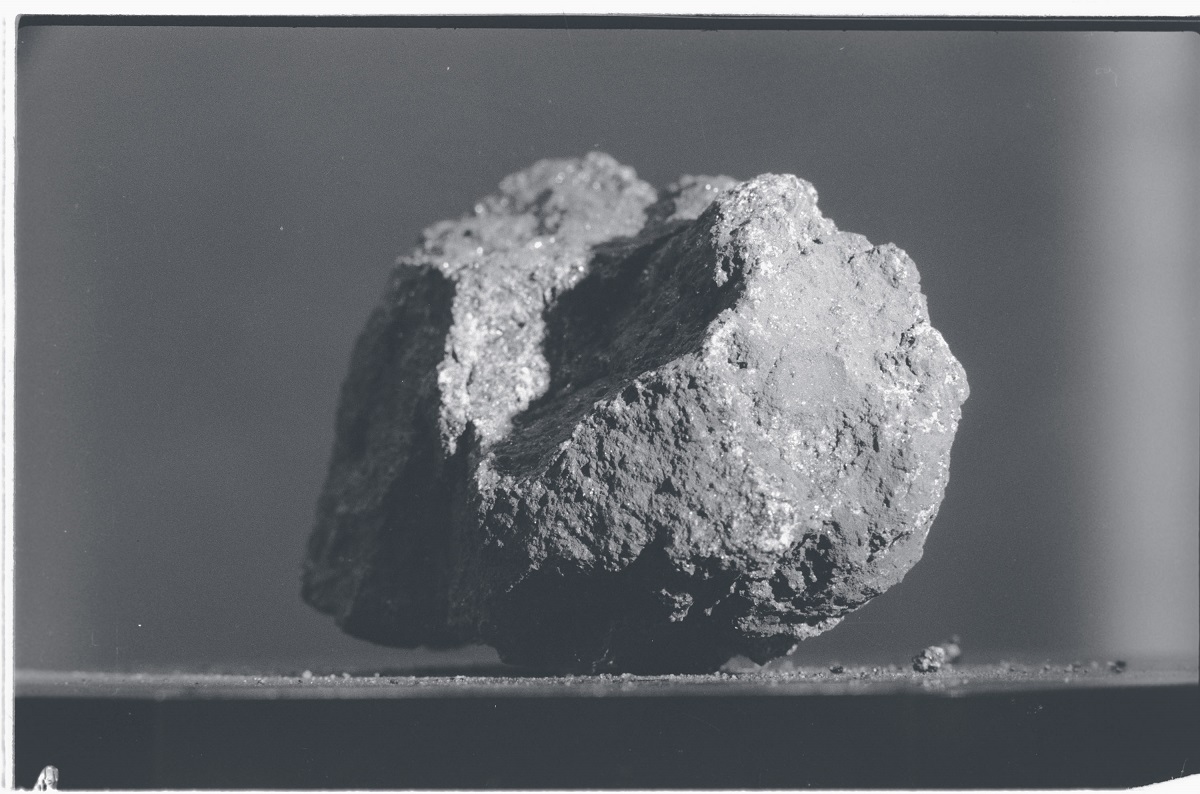
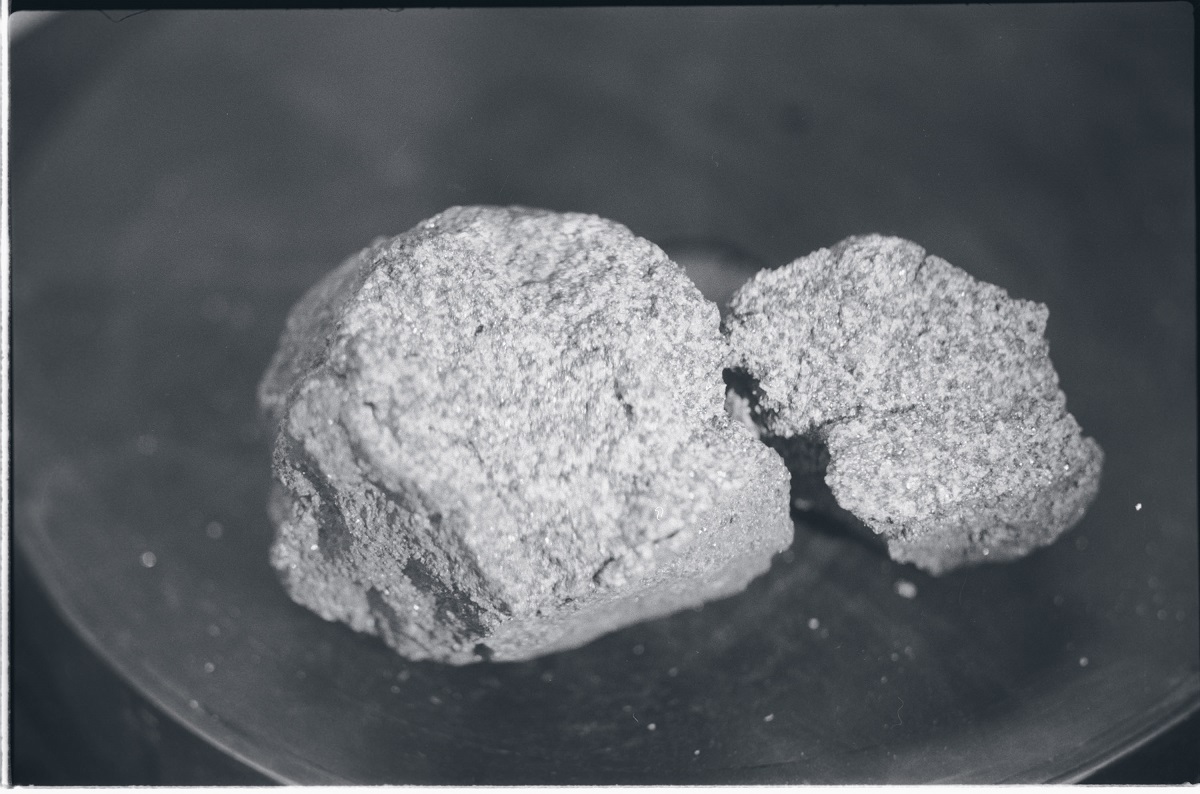
Highland rock: Brush the Moon's crust
Highland rock is lighter than basalt rock because basalt is made of heavier elements like iron and magnesium. A theory about how highland rock was made is that a large magma ocean covered the Moon as it formed and then crystallized. Highland rock is lighter than basalt. The theory is the highland rock floated to the top of the ocean and became the crust of the Moon.
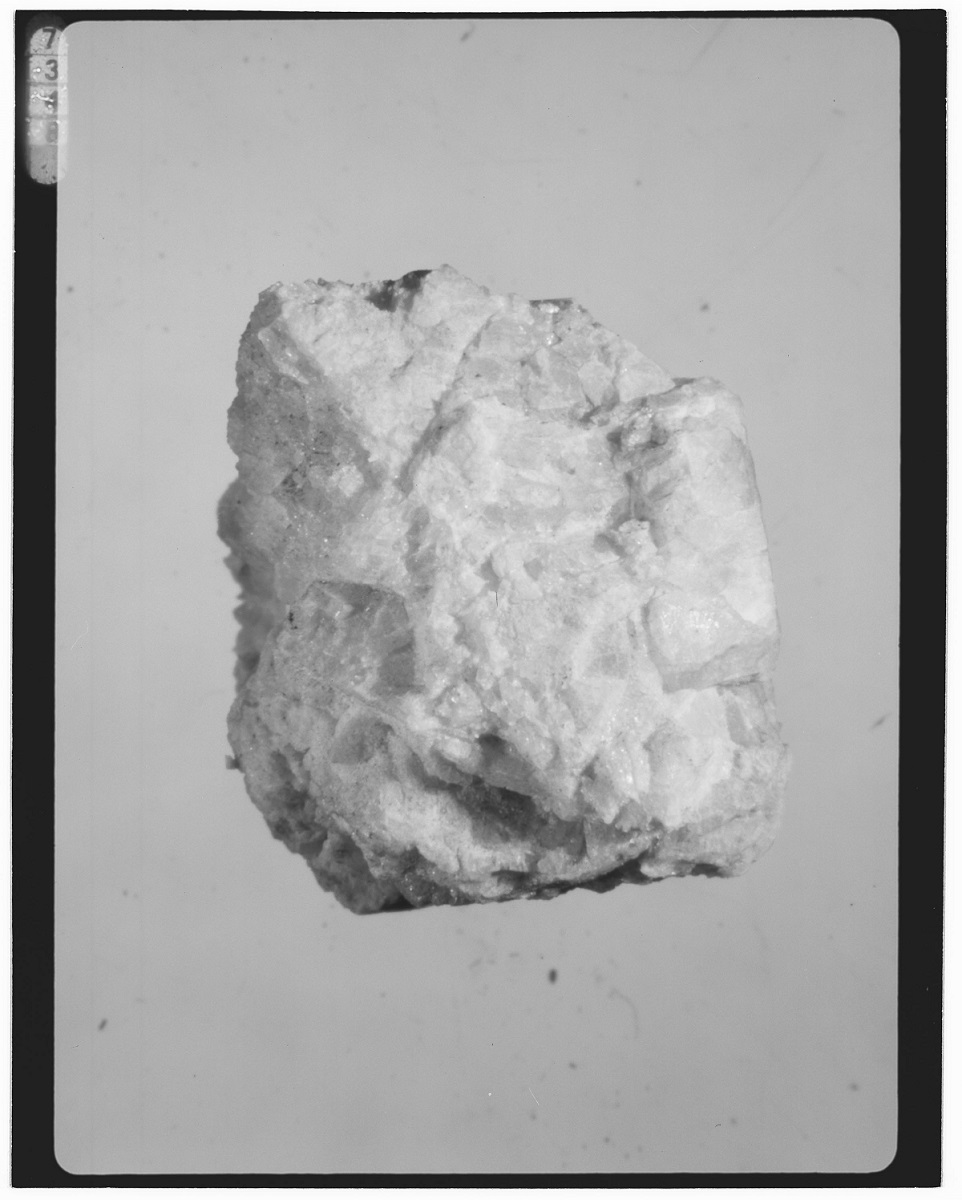
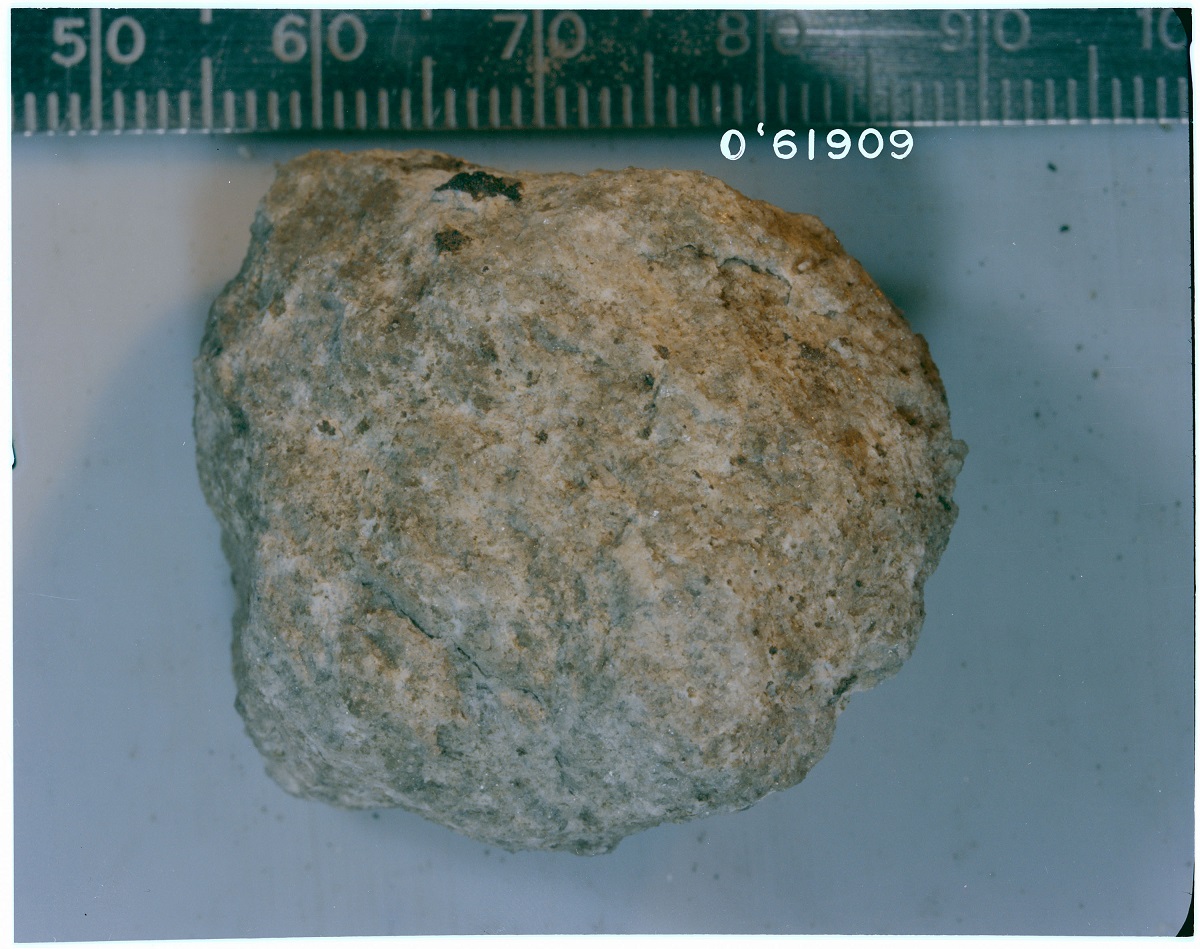
Exercise: Classify a Moon rock
Take a careful look at the sample images for the different rock types shown in this unit. Do you think you could classify a new rock that astronauts recently gathered from the Moon?
What type of rock is shown in this picture?
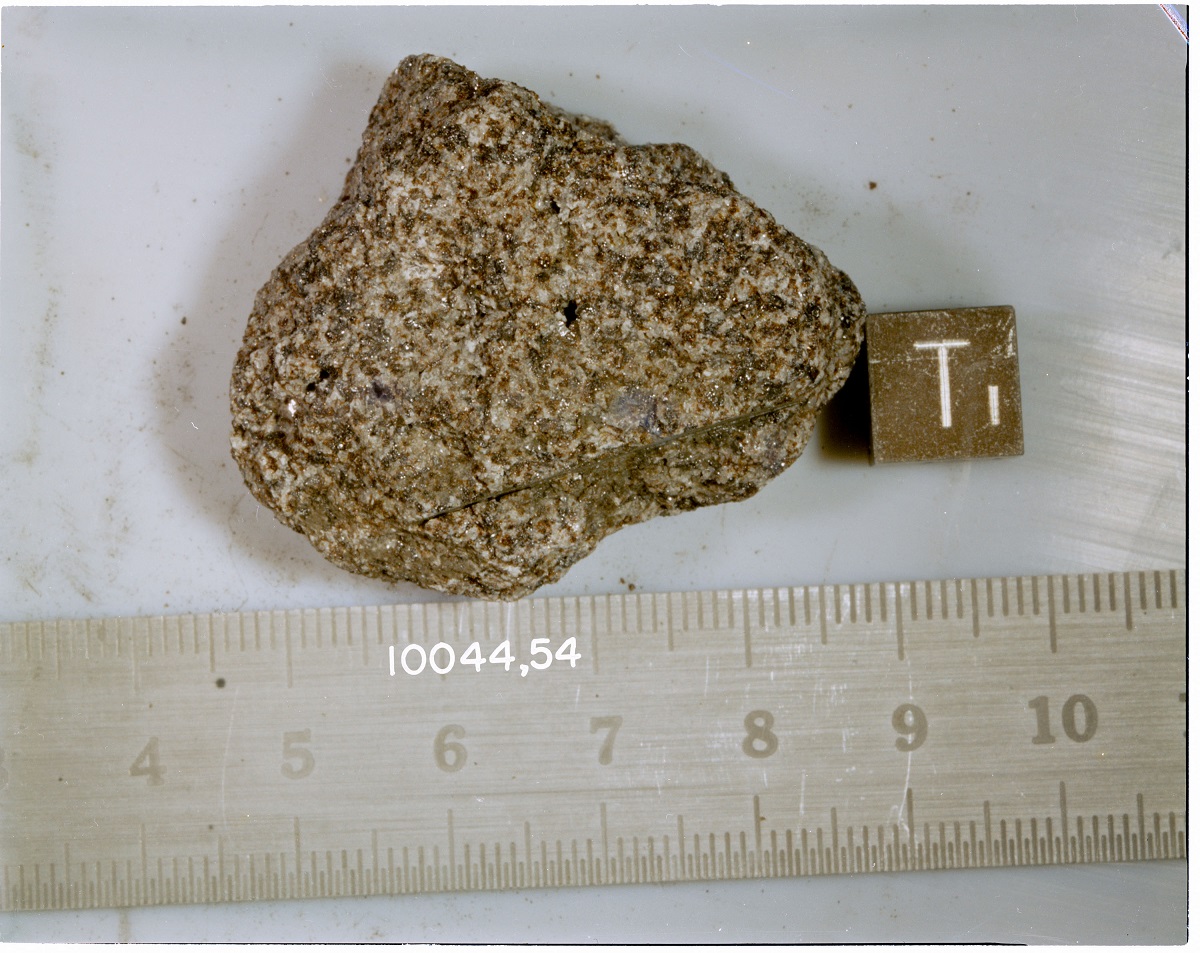
Show answer
This picture shows a basalt rock.
Did you notice it can be difficult to classify this rock because it looks both like highland rock and basalt rock?
This exercise shows how artificial intelligence can assist humans in their research. Computers are great at finding the smaller details that are easily missed by the human eye.